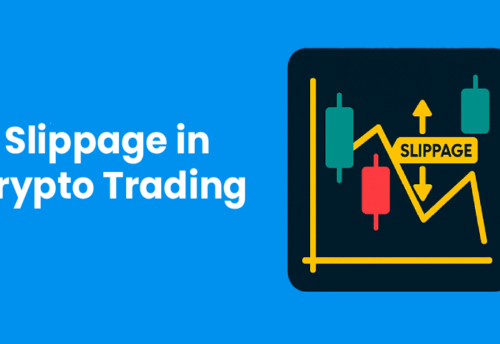
- 13/08/2025
- MyFinanceGyan
- 575 Views
- 3 Likes
- Cryptocurrency
A Guide to Mitigating Security Risks in Crypto Payments
In the fast-evolving world of digital finance, cryptocurrency payments have revolutionized the way individuals and businesses transact. Unlike traditional fiat systems that rely on centralized banks or payment processors, crypto payments leverage blockchain technology to enable secure, peer-to-peer transactions without intermediaries. This shift promises greater financial inclusivity, privacy, and control over assets.
The concept emerged from the need for a decentralized and transparent financial ecosystem where users have direct control of their funds. Through cryptographic principles and distributed ledger systems, cryptocurrencies ensure that every transaction is recorded immutably, reducing dependency on third parties.
However, while crypto payments bring multiple benefits, they are not immune to security threats. The same decentralized nature that empowers users can also be exploited by malicious actors. Threats like hacking, phishing, ransomware, smart contract bugs, and insider misuse can undermine the safety of transactions.
This guide explores the main security risks in crypto payments, the common types of blockchain attacks, and practical strategies to reduce vulnerabilities—helping individuals and businesses safeguard their assets.
Common Types of Blockchain Attacks in Crypto Payments:
- Malware Attacks: Malicious software like keyloggers or screen scrapers can infect devices to steal private keys, passwords, or other sensitive crypto data.
- Prevention Tip: Avoid untrusted downloads, use updated antivirus software, and regularly scan devices.
- Phishing Attacks: Fraudulent websites or emails mimic legitimate crypto platforms to trick users into revealing login details or private keys.
- Prevention Tip: Verify URLs, enable two-factor authentication (2FA), and avoid clicking suspicious links.
- Man-in-the-Middle (MitM) Attacks: Hackers intercept and alter communications between parties in a transaction, potentially redirecting funds.
- Prevention Tip: Use secure, encrypted channels (HTTPS, VPNs) and verify transaction details before confirming.
- Distributed Denial-of-Service (DDoS) Attacks: Overloading a crypto payment network with traffic can cause service interruptions or outages.
- Prevention Tip: Platforms should employ robust DDoS protection measures to maintain availability.
- 51% Attacks: If an attacker controls the majority of a blockchain’s computational power, they can manipulate transactions or double-spend.
- Prevention Tip: Support networks with strong decentralization and robust consensus mechanisms.
- Smart Contract Vulnerabilities:
- Poorly written smart contract code can be exploited to execute unauthorized transactions.
- Prevention Tip: Ensure contracts are audited by experienced security professionals before deployment.
- Insider Threats
- Employees or authorized users can misuse their access to compromise funds or data.
- Prevention Tip: Implement strict access controls, monitor activities, and conduct regular audits.
- Wallet Vulnerabilities
- Insecure wallets can allow hackers to steal private keys and access funds.
- Prevention Tip: Use trusted wallet providers, enable encryption, and keep wallet software updated.
Strategies to Mitigate Security Risks:
To ensure safe crypto transactions, users and businesses must adopt proactive security measures. The table below summarizes essential practices:
Additional Best Practices:
Beyond the basics, consider these advanced measures for enhanced protection:
- Cold Storage for Long-Term Holdings: Store large amounts of crypto in offline wallets (hardware wallets or paper wallets) that are inaccessible to online threats.
- Multi-Signature Wallets: Require multiple private keys to authorize transactions, reducing the risk of single-point compromise.
- Security Audits for Businesses: Companies dealing with crypto should conduct regular penetration testing and blockchain audits.
- Educating Team Members: For businesses, training employees on phishing, password hygiene, and safe crypto handling is critical.
Conclusion:
Crypto payments have reshaped the financial landscape by offering faster, borderless, and more private transactions. Yet, their benefits can only be fully realized if security remains a top priority.
From phishing scams to 51% attacks, understanding potential risks is the first step toward prevention. By using secure wallets, enabling two-factor authentication, updating software, and verifying platforms before transacting, users can significantly reduce vulnerabilities.
For businesses, extra measures like cold storage, multi-signature wallets, and employee training can further fortify defenses.
The bottom line: Stay informed, stay vigilant, and never compromise on security. With the right strategies, you can enjoy the convenience and freedom of crypto payments without falling victim to avoidable risks.
Start your crypto journey today!
Open a free account on CoinDCX: https://join.coindcx.com/invite/n75xR
Disclaimer:
The views expressed in this article are personal and intended for educational and awareness purposes only. This is not financial advice or a recommendation to invest in any product. Always conduct your own research before making financial decisions.



